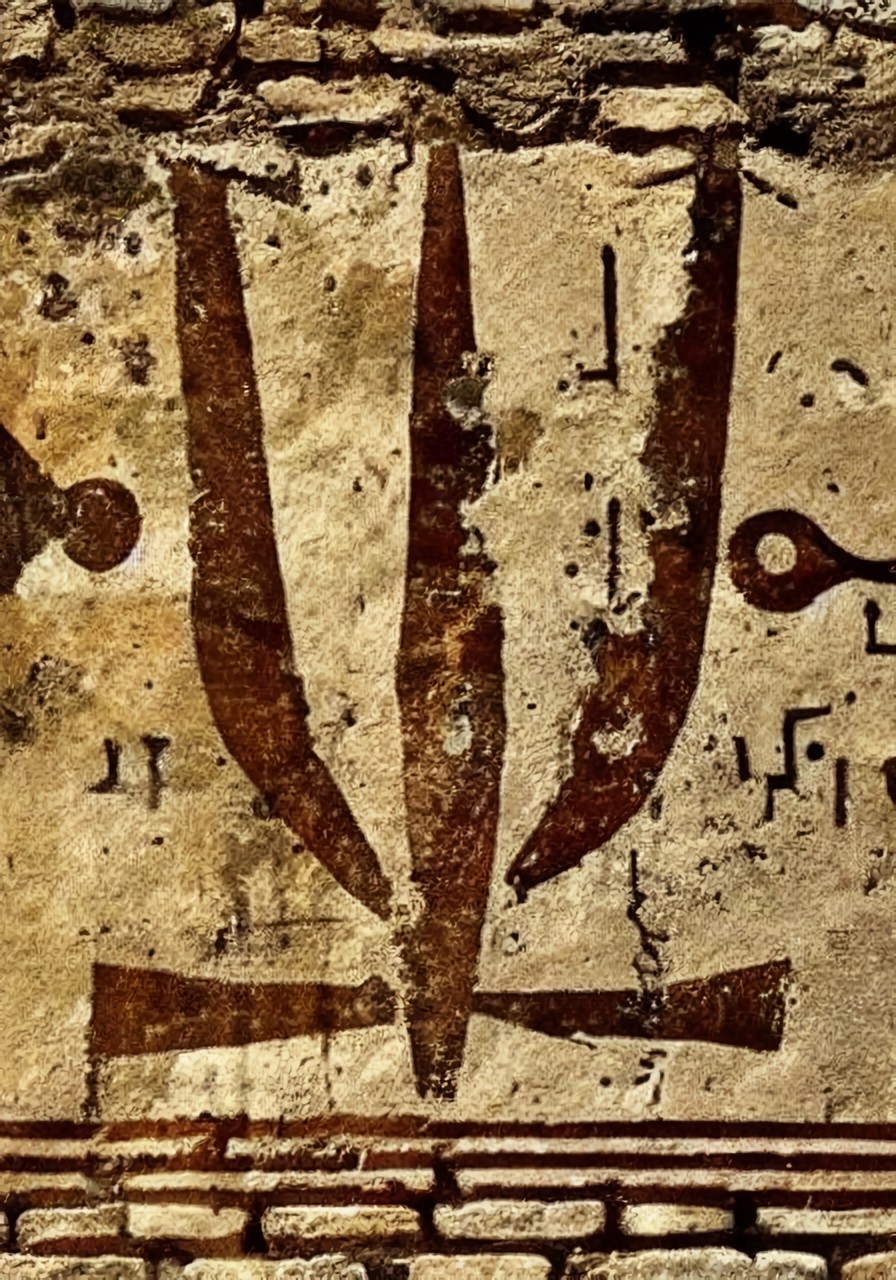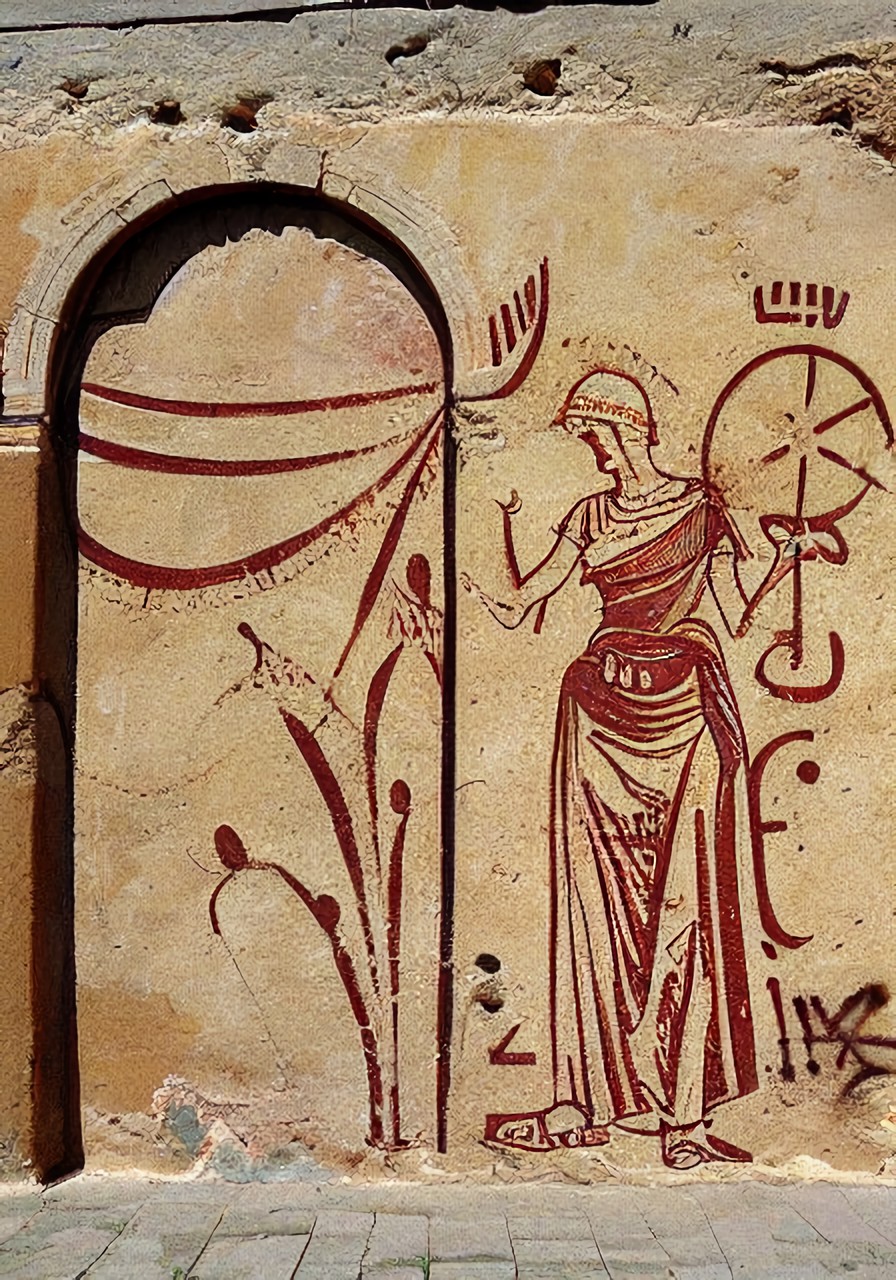Shadow Keys
The Shadow Keys are a code--or rather, a complex web of related codes--used by the criminal element of Khezvaros to communicate important information. The code consists primarily of visual markers, but in some cases takes on other forms: a distinctive knot tied at the end of a clothesline, a weather vane turned upside down, or even--for messages applicable to a specific window of time--an indigent singing the same song over and over or an orphan asking everyone who passes if they know where to find a particular person. While there is a sizable common "vocabulary" of Shadow Keys that are known to all users, each gang, neighborhood, and criminal specialty has its own set of signs that they do not share with outsiders unless a particular sign is intended to convey a warning. A person familiar with one branch of the code might be able to recognize a sign from another subset of the code as a Shadow Key, but will only be able to guess at its meaning.
The most widely-used version of the shadow code consists of a series of motifs and symbols used in graffiti to mark both the territory and the establishments under the protection or control of the various gangs in the city. The motifs used when a gang wants to clearly mark their territory are known even to law-abiding citizens in the neighborhoods where a particular gang operates. These are typically incorporated into attractive murals that are produced with the property owner's permission (and sometimes even public funds). These sorts of markers generally rely on the presence of a specific combination of identifiers to prevent the gang's interest from being unintentionally communicated due to a coincidence of artistic sensibility. For instance, the inclusion of a person wielding or carrying a black-hilted knife does not alone indicate that the mural is marking the territory of the Black Knives unless the figure also has an eyepatch and a scar on their right hand.
When gangs don't want to advertise their interest in a location quite so publicly or permanently, they use simpler icons that can be crudely drawn or carved in a less prominent but consistent location (the lower right corner of the east wall or the top corner of the front door frame, for example). These symbols--and where to look for them--are less widely known than the motifs used in public art, but are familiar to criminals who operate in the gang's territory as well as to allies and rival gangs. This type of marker is most often intended as a warning that a location is under the gang's protection.
The largest branch of the Shadow Key code--and the part of the code with the most distinct subsets--consists of crude icons similar to more low-key gang markers. These are simple, easily drawn symbols that most people will see as nothing more than graffiti along with subtle changes to the cityscape that are unlikely to be accidental or coincidental (lthe knots mentioned earlier, for example). Since that means it's likely that such symbols will eventually be washed away, painted over, or otherwise removed, these markers usually convey information in the short term: the suspected presence of imperial informants at a particular tavern, a criminal outfit's statement of intent to rob a certain shop, or the suspicion that a newcomer to the neighborhood is a wizard. These are the sorts of markers used as "trail signs" by those who travel the Rooftop Highway.
In addition to these common implementations of the Shadow Key, there are many variations specific to different criminal subgroups, and some signs and markers that are unique to particular crews. There are also a number of traditions and practices--like singing "The Prisoner's Lament" to solicit aid in evading pursuit--that some categorize Shadow Keys.








Comments